- Home
- slideshows
- miscellaneous
- A timeline of Ethiopian Airlines Flight ET302 shows its pilots fighting desperately to save their doomed Boeing 737 Max jet
A timeline of Ethiopian Airlines Flight ET302 shows its pilots fighting desperately to save their doomed Boeing 737 Max jet
Ethiopian Airlines Flight ET302 was operated by a Boeing 737 Max 8 registration ET-AVJ.

Ethiopian Airlines Flight ET302 was cleared for takeoff from Addis Ababa Bole International Airport by air traffic control at 8:37 a.m. on the morning of Sunday, March 10, 2019.
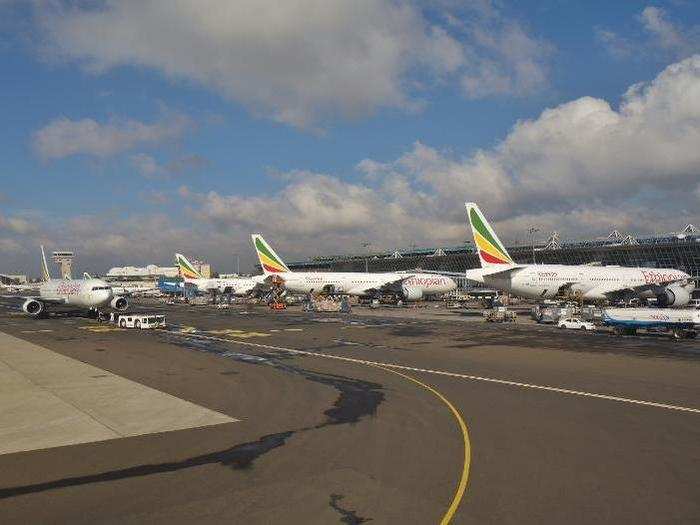
The flight lifted off at 8:38 a.m. and headed toward Jomo Kenyatta International Airport in Nairobi, Kenya.
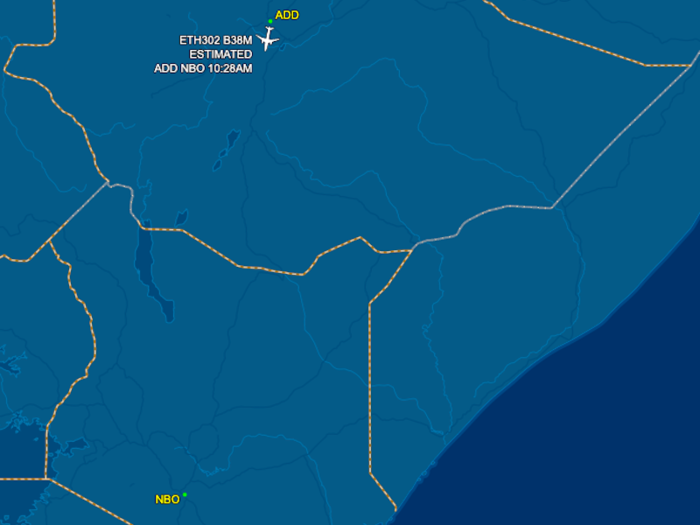
At the controls of the flight was Captain Yared Getachew, with First Officer Ahmednur Mohammed to his right.
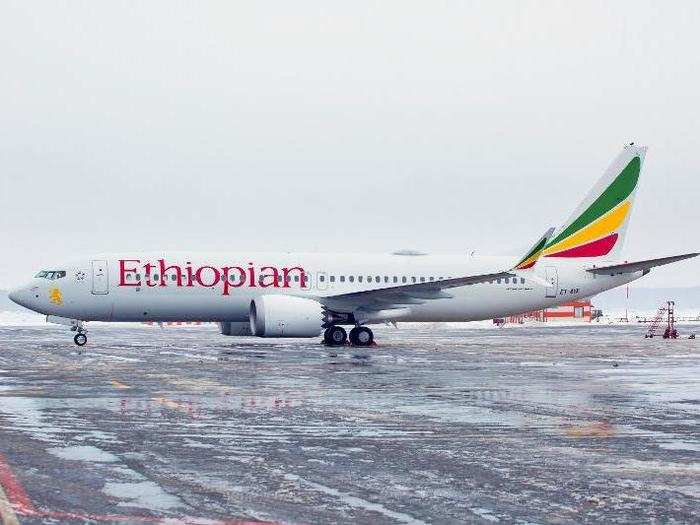
At the time of the crash, the 29-year-old Captain had amassed 8,122 flight hours including 1,417 on the Boeing 737. However, only 103 of those hours were on a Boeing 737 Max. Getachew was a 2010 graduate of the Ethiopian Aviation Academy and was type rated to be a first officer on the Boeing 737NG, 757, 767, 777, and 787 Dreamliner. He was certified to be a 737 Max pilot-in-command on July 3, 2018.
First Officer Mohammed was less experience, with just 361 flight hours to his name. Of which 207 were on the Boeing 737 including 56 hours on the Max. The 25-year-0ld was certified to serve as a first officer on Boeing 737-700/800 aircraft as well as the 737 Max.
Almost immediately after the plane lifted off the tarmac, the plane's left angle-of-attack (AOA) sensor readings deviated from the one of the right side of the jet. The left AOA readings spiked from 11.1˚ to 35.7˚ and then to a near-vertical 74.5˚ in mere seconds. The right side AOA reached no steeper than 15.3˚.
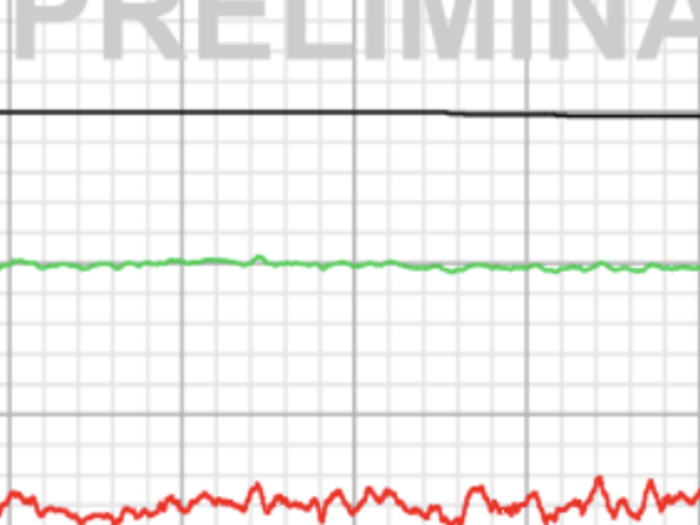
Roughly 15 seconds after takeoff, at about 400 feet of altitude, the Captain called out "Command." Twenty-four seconds later at 1,000 feet of altitude, the 737 Max autopilot was engaged from the Captain's side.
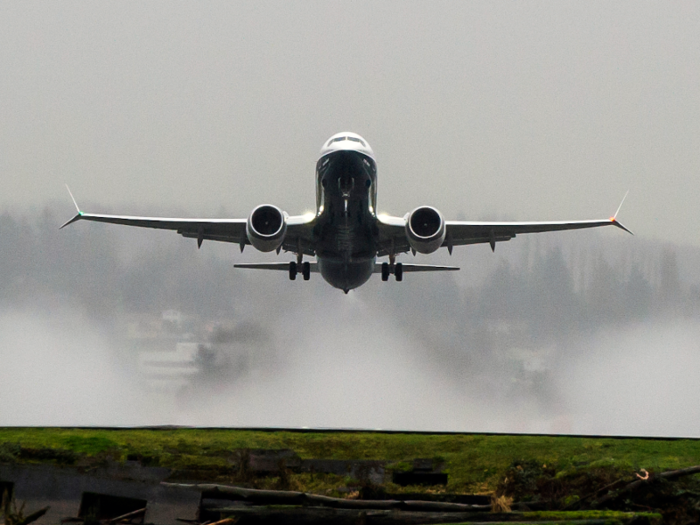
Six seconds after the autopilot was engaged, the plane began to experience oscillations. Just 33 seconds after it was switched on and roughly one minute into the flight, the autopilot was disengaged. The Captain immediately instructed the First Officer to alert air traffic control that the flight was experiencing control problems.
Five seconds after the autopilot disengages, MCAS kicked on. The flight data recorder registered an "automatic nose down" reading for nine seconds. The caused the plane to stop climbing descend slightly.
MCAS engages only when the autopilot is off.
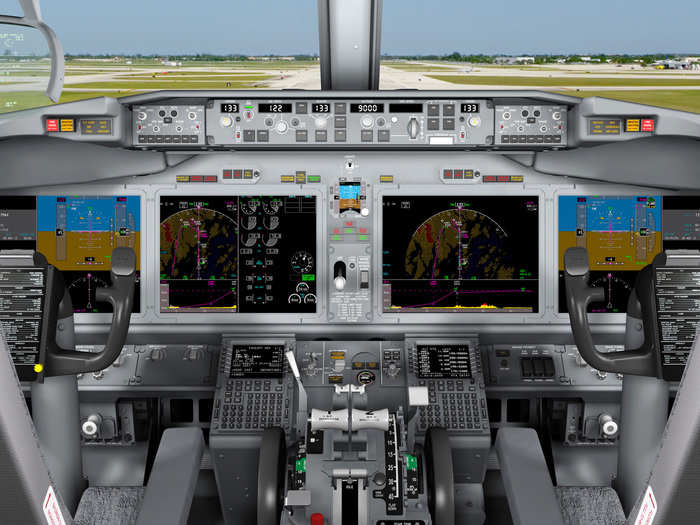
The crew reacted to MCAS by pulling back on the control yokes to make the plane climb again. The pilots then trimmed the plane's rear stabilizer to point its nose up using electric toggles on the yokes.
Five seconds after the pilots pointed the plane's nose up and roughly a minute-and-a-half into the flight, MCAS kicked in for a second time. This time for five seconds. The Captain reacts by calling on the First Officer to join him in trimming the nose of the plane up using the toggles.
Two minutes into the flight, the First Officer calls out "stab trim cut-out."
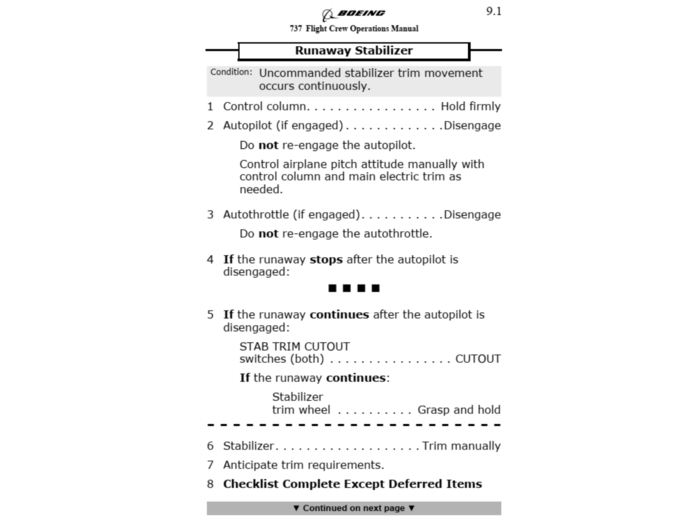
At which point, the pilots flip the stabilizer trim cutout switches. This effectively shuts off MCAS. It's also a key part of Boeing's instructions on how to overcome MCAS.
The flight data recorder then registers another automatic nose down command but without any movement of the stabilizer. According to the report, this is consistent with the cutout switches being activated.
Two and a half minutes into the flight, the overspeed warning turns on. The plane had accelerated to around 400 mph with the engines still on full blast at 94% thrust.

Three minutes into the flight, the Captain asked the First Officer if he could turn his manual trim wheel located on the center console. The First Officer replied he couldn't.

Four minutes into the flight, air traffic control instructs the ET302 to turn right heading 260 degrees. The pilots comply.
Seconds later, the Captain asks the First Officer to try to pitch the nose of the plane up manually with him again. The Captain notes that the pitch is not enough.
Roughly five minutes into the flight, and at 13,400 feet of altitude, the data recorder registers another automatic nose down trim command for five seconds. It appears the pilots reactivated the system that would trigger MCAS.
The plane's nose points down. The pilots tried to pull back on the control yokes to raise the nose. It wasn't enough. The plane dove at a 40-degree angle. The last indicated airspeed show the 737 Max reaching 575 mph.
Ethiopian Airlines Flight ET302 crashed just six minutes after takeoff near the town of Bishoftu, southeast of Addis Ababa. All 157 passengers and crew were killed. According to investigators, the jet 32-foot-deep crater.
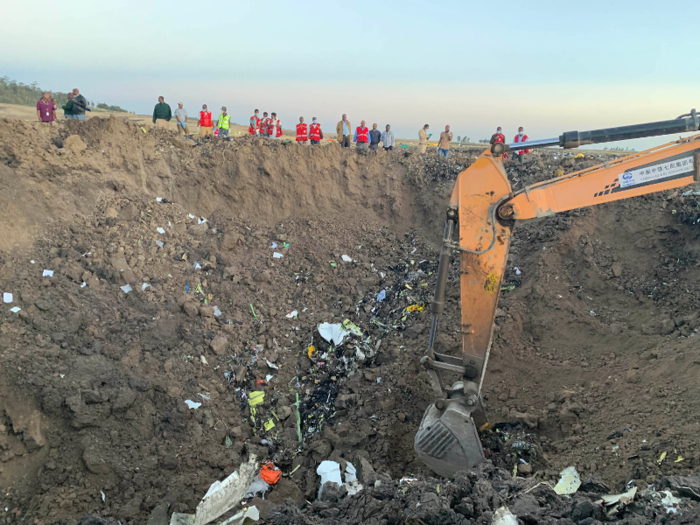
There were few pieces of wreckage left that were large enough for you to be able to tell it was a plane.

ET302 was the second nearly brand-new Boeing 737 Max to crash in a matter of months. Lion Air Flight JT610 crashed into the Java Sea on October 28 under eerily similar circumstances.
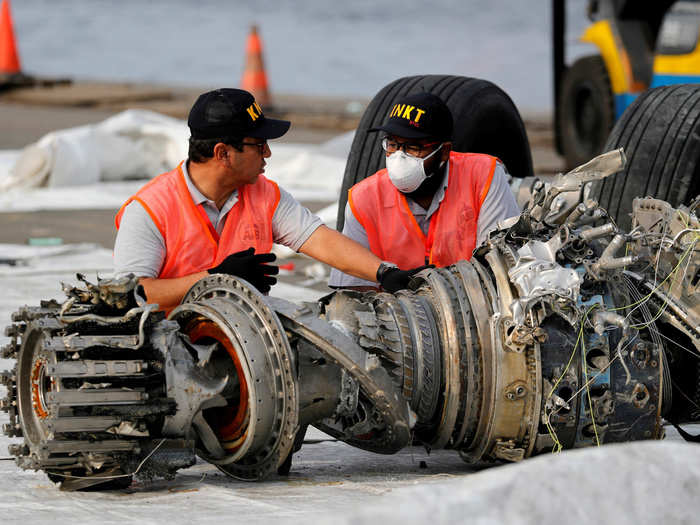
China, Indonesia, and Ethiopia all grounds their 737 Max fleets within hours of the crash.

Two days after the crash, the European Union grounded its 737 Max jets and banned any of the planes from entering its airspace.

A day later, the US Federal Aviation Administration ends its hold out and grounds the plane in the US. At which point, all 371 Boeing 737 Max aircraft in service had been grounded.

Flight ET302 black boxes were discovered within days of the crash.
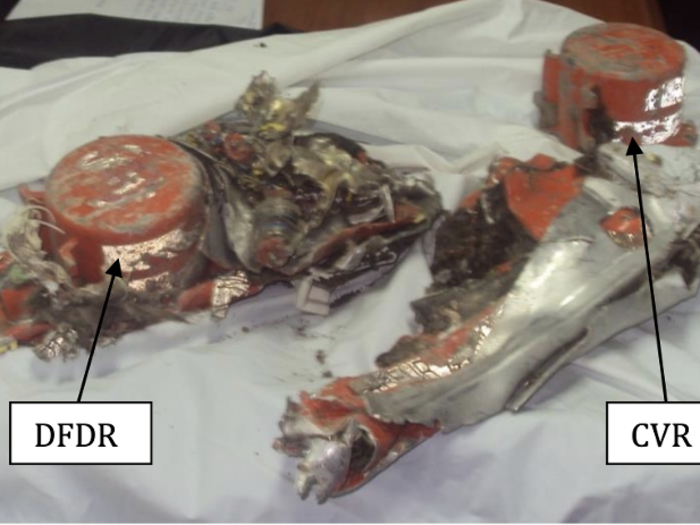
Both the flight data recorder and the cockpit voice recorder were transported to Paris on March 14 for analysis by the BEA, France's highly respected air accident investigation agency.
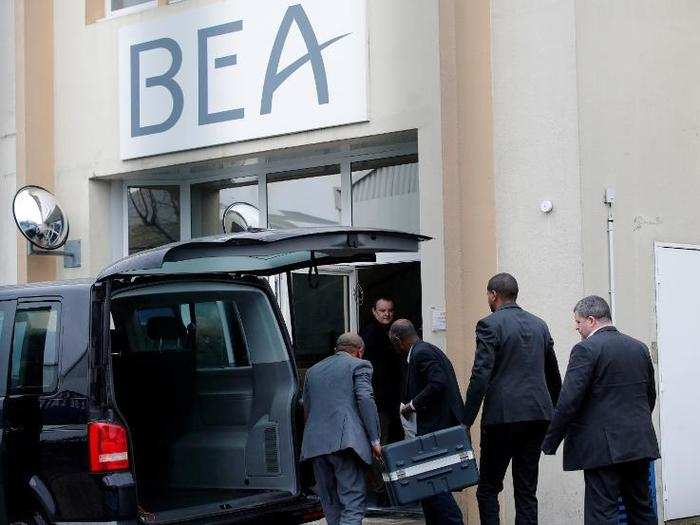
On April 4, Ethiopian Transport Minister Dagmawit Moges announces the findings from the preliminary crash report.
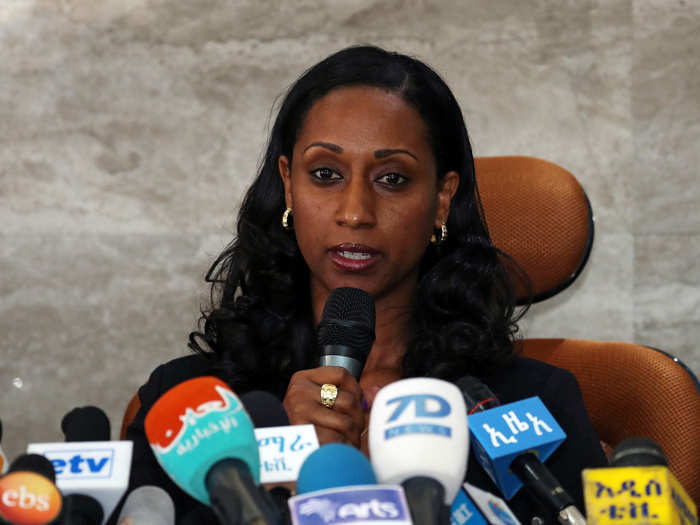
Popular Right Now
Popular Keywords
Advertisement